From the Volta to the Congo to the Nile, from scarification to gold weights to hieroglyphics, the swastika has been used throughout Afriqa for a long time…
When you see hear the word “swastika or see this symbol
what are the first words that come to your mind?
“Nazis.”
“Hitler.”
“Aryans.”
“Blonde hair and blue eyes.”
Then where would you guess these come from?
An educated guess would be India. But no, they are all from Africa. That’s right Sub-Saharan, “Black” A-F-R-I-C-A. They are gold dust weights used by the Ashanti, to be more precise.
No, not this Ashanti…
These Ashanti:
The ones who make kinte cloth…
They are also called Akan. The Akan occupy a large part of West Africa including parts of Ghana and the Ivory Coast and include many sub-ethnic groups such as the Baule and the Asante (Ashanti). [1] The Akan were producing them to weigh gold dust which was their currency, thus the name ‘gold weights’. When used on the gold weight, the swastika was a symbol of currency, expressing power, money, wealth and integrity. The idea and the implementation of gold-based currency came from the Akan people of modern-day Côte d’Ivoire and Ghana. [5]
The swastika is also one of the Akan people’s famous Adinkra symbols. Look at number 12 below:
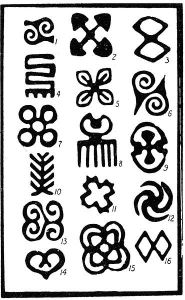
According to one source, the swastika is referred to by the Akan as a monkey’s foot. [1] Another source says it is called Kode Emower Ewa (‘talons of the eagle’), represents devotion and service and is shaved on the back of the heads of the Queen Mother’s servants. [2] Still another source names it Nkotimsefuopua, claiming similarly that certain attendants on the Queen Mother who dressed their hair in this fashion. [3]
The Asante also weave the swastika into their cloth. See the top left corner below:
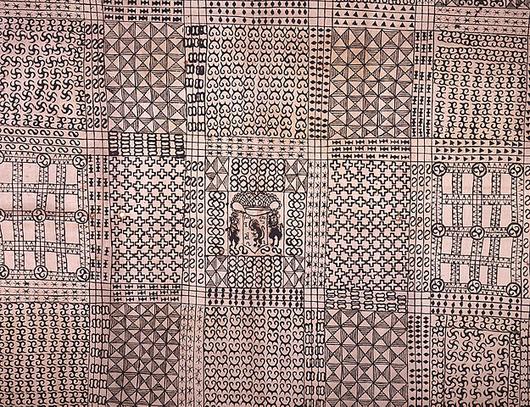

The above is a kinte cloth symbol called Apremo-Canon. It is a symbol of resistance against foreign domination, and superior military strategy. This motif represents the superior military strategy with which Akan nations such as the Asante and Akwamu defeated the West Asians who had superior arms. [6]
But how could this be? How did Africans learn about the swastika?
If your idea of swastika is the symbol of a Nordic (tall, blonde, blue-eyed) race who conquered India from the north before invading West Asia (“Europe”), that’s a good question.
The idea is not to decouple the swastika symbol and the Aryans. Rather, one must decouple the Aryan from Nordic, and race from ethnicity.

Arya means pure or good in Sanskrit. In the holy Vedas the good people were called Arya.[2]
So “Arya” means, in short, “noble”. It appears to be an adjective, and can not refer to a group of people. If it is a noun, it translates to “nobility” Either way, it refers to the CHARACTER, NOT the APPEARANCE of certain people. Note: The word “Aryan” does not appear.
So how did the word Aryan come into existence, and how did it become associated with a blonde, blue-eyed master race?
Fredrich Max Muller, a staunch German nationalist and Christian missionary, was Professor of Sanskrit at Oxford labored for years translating the Vedas into English.
In 1851 Muller wrote his first article in English wherein he used the word “Aryan” for the first time in the sense of a race.Max Muller’s good friend and fellow Indologist Paul then popularized the word “Aryan” in France. Soon many Christian scholars were seized upon by the theory of Aryan race. In 1859 Swiss linguist Adolph Pictet wrote that the Aryan race was the
“…one destined by Providence to reign one day supreme over the entire earth . . . They were the race of Aryans. …”
The notion of “Aryan” had become, in a few short years, the emblem of European manifest destiny over the world, a signet coined in the language of scholarship which gave Europeans a racial and religious mantle of superiority.[4]
But the people weren’t fooled. Initially
all attempts to correlate the Aryan language to Aryan race were not only unsuccessful but also absurd”. Even at that time many academics opposed the Aryan invasion theory.[4]
So if Aryan refers to a race, it is not a race in the way we usually think of it. “Race” to us means people with the same skin color, culture and language. That is actually ethnicity, though. Ethnicity means related identity, but race means similar qualities. And the people with noble character (‘arya’) can be found all over the world. Maybe they use the same symbols to recognize each other:

————————————————–
[1] “Nine Cast Brass Gold Dust Weights, Akan People, Ghana, 16th-18th centuries”. Michael Blackman, LTD. Retrieved 10.12.2014 from http://www.michaelbackmanltd.com/1402.html
[2] “Adinkra: Kode Emower Ewa”. About.com. Retrieved 10.12.2014 from http://africanhistory.about.com/library/bl/blfreestencil-AdinkraKode-Emower-Ewa.htm
[3] R. S. Rattray, Religion and Art in Ashanti (Oxford, 1927), 265. Retrieved 10.12.2014 from https://at37.wordpress.com/2012/03/26/symbols-of-power-adinkras-by-s-james-gates/
[4] Kenyatta, Ekowa. “The Swastika”. The Stewart Synopsis. Retrieved 10.12.2014 from http://www.stewartsynopsis.com/swastika.htm
[5] “Swastika Symbol on Akan gold”. SwastikaShop.com. Retrieved 11.12.2014 from http://swastikashop.com/swastika-symbol-akan-gold/
[6] “Kente Cloth: Ghana’s Ashanti Cultural Heritage to the World’s Fashion Civilization”. Kwekudee- Trip Down Memory Lane. 3.12.2012. Retrieved 11.12.2014 from http://kwekudee-tripdownmemorylane.blogspot.com/2012/12/kente-cloth-ghanas-ashanti-cultural.html



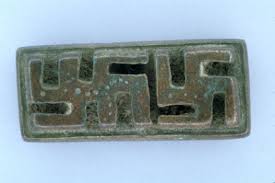
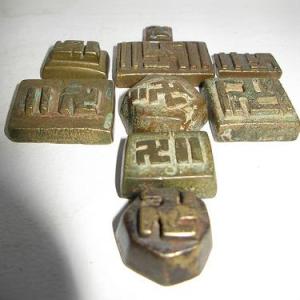
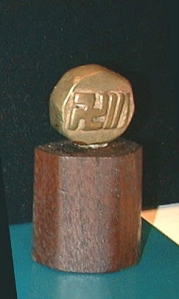



swastica is not an African symbol. represents the sun, being used since sumeria and egypt that emerged in sub-saharan africa and later migrated to the ria nile, and even today, blacks of light mestizo color and light eyes of the Fulani or Fala ethnicity are born in this region. research the R allele of y-dna to see that there is a white breed that migrated to Africa.
Um, it is an African symbol, as evidenced by the fact that it is used as a symbol in Africa. Further, it’s an “American” symbol, and an [insert label here] symbol. It, and its meanings, belong to those who use it.
No. Swastica os a aryan symbol used by agypitians in Africa when then migrate from Asia to North Africa. And America civilisation are Aryan migrated to north os Asia and cross the Bering to Alaska to EUA.
Hopi Indians are ancestors of Astecas migrated to South America.
Swastica are Aryan symbol that born in central Asian until white People migrate to Europa and become a Indo-european people that used in Hinduism and Buddhism until today.
Egypt migrated to sub-saarian Africa in 10.300aC when the Saara are green before the glacial poles thaw and the earth temperature make the central line of planet many deserts.